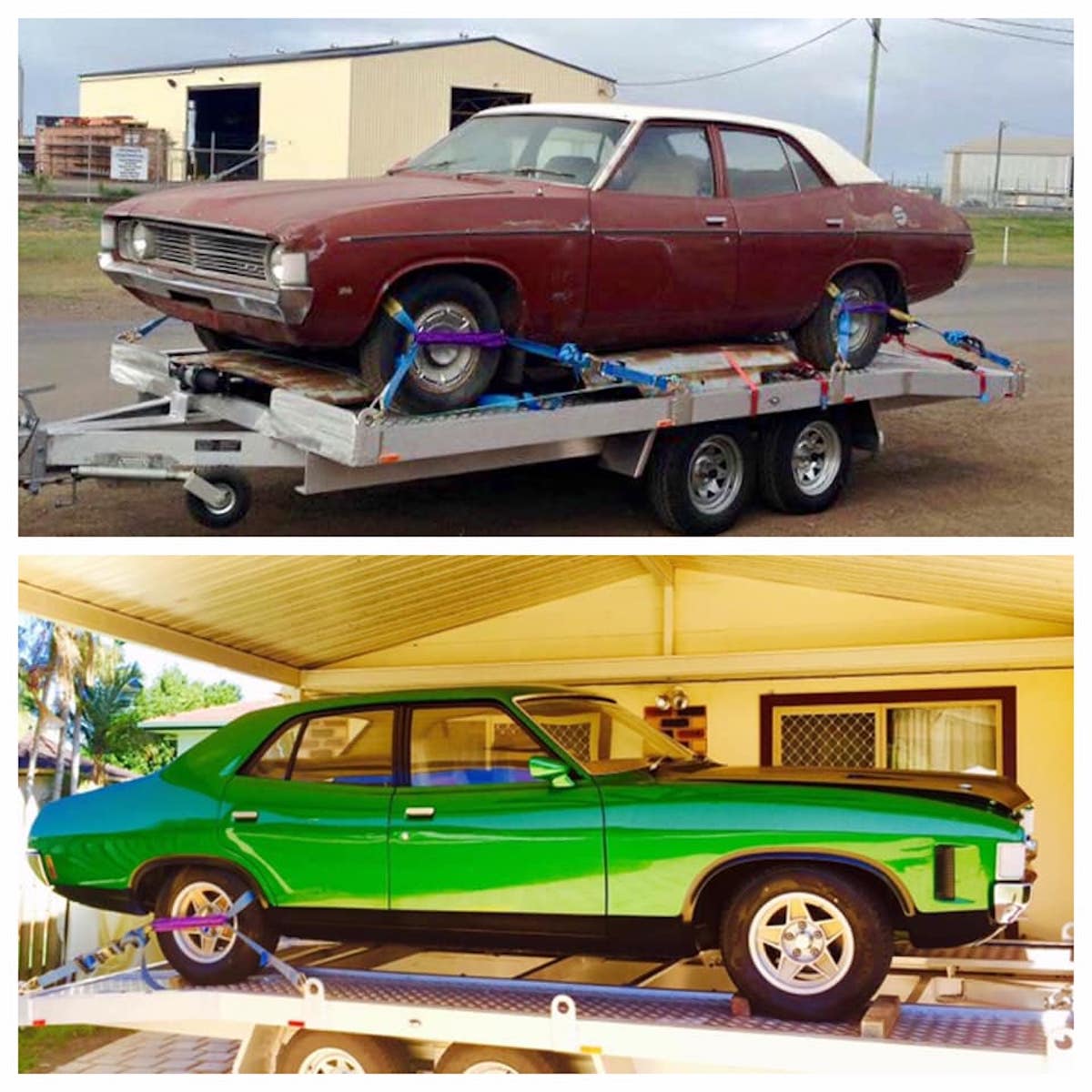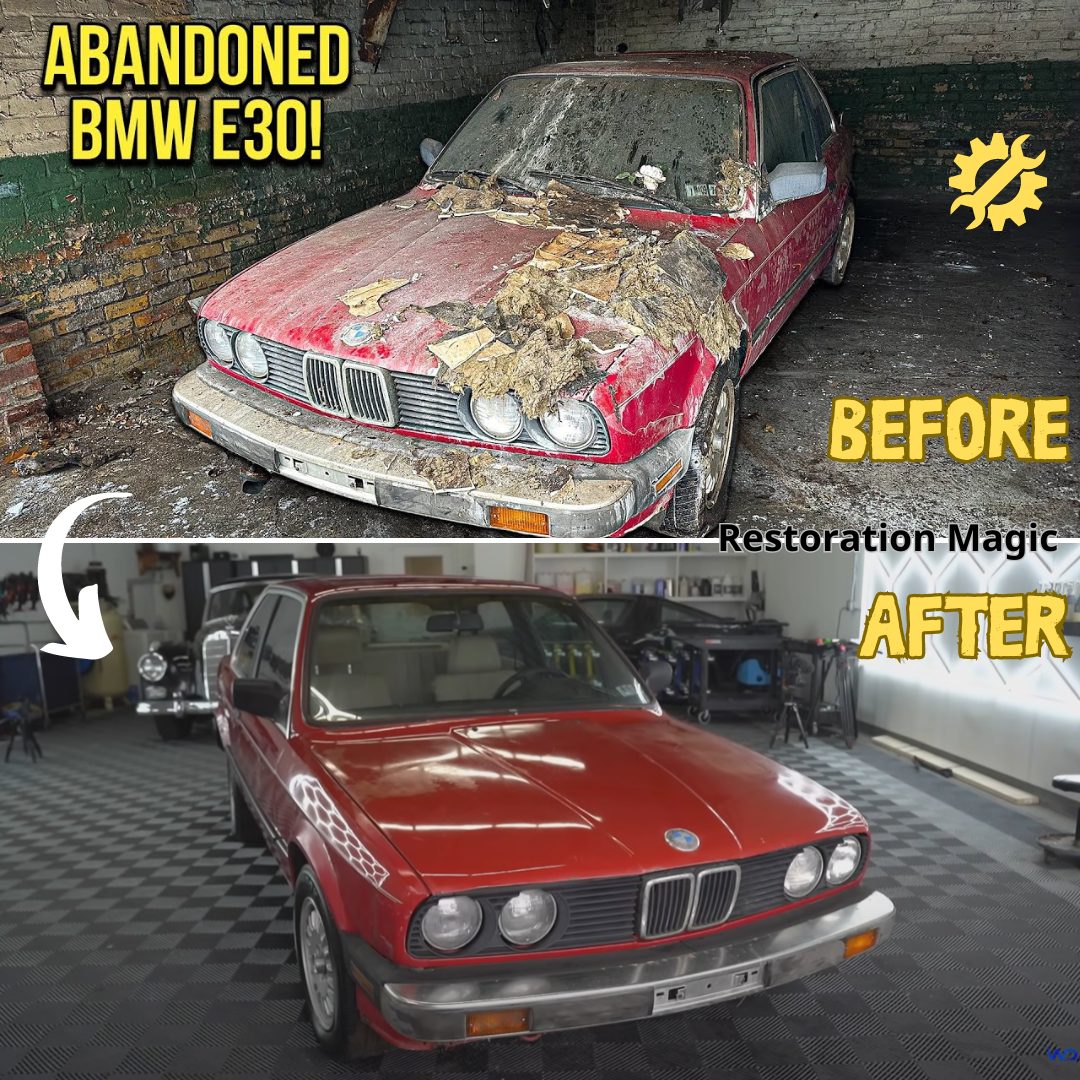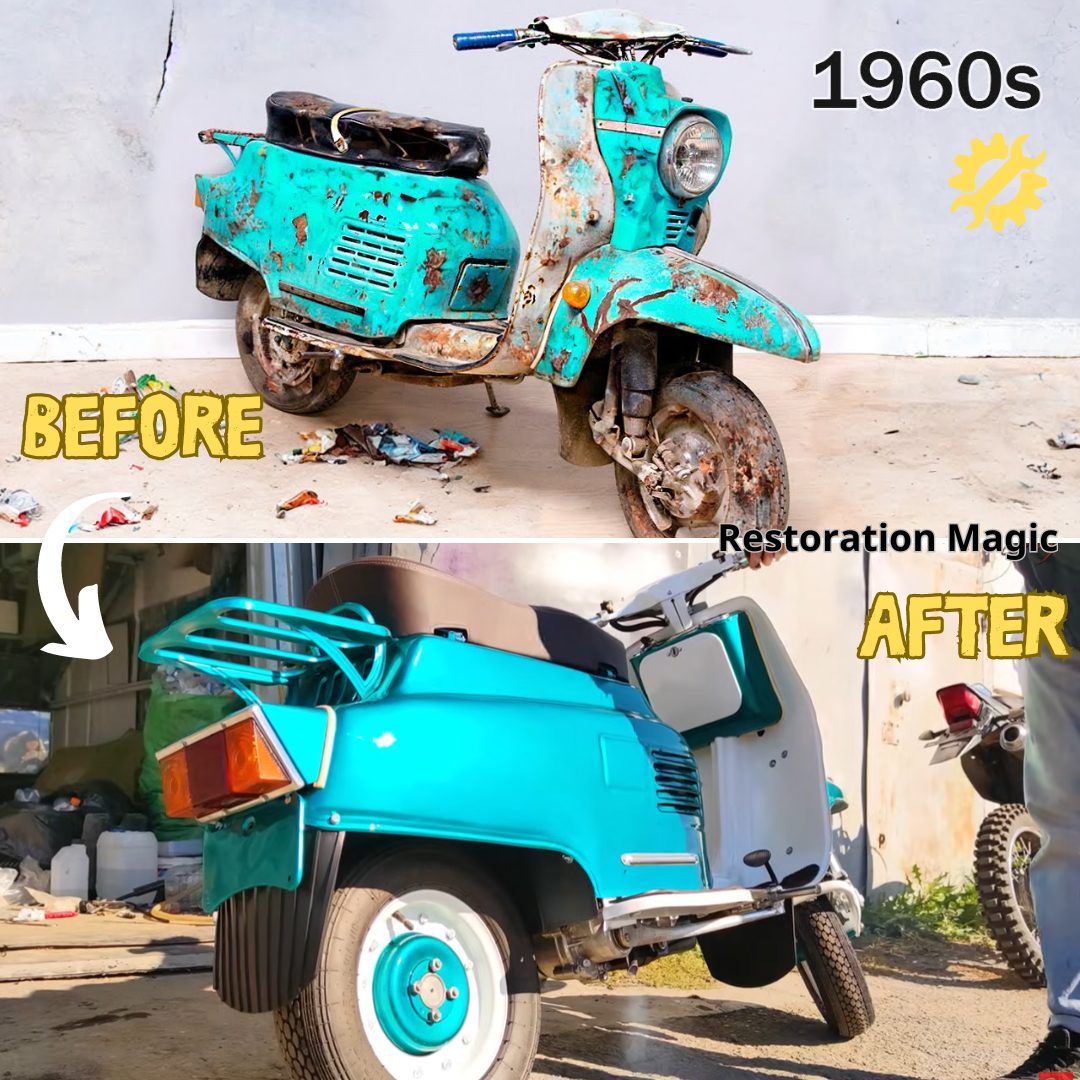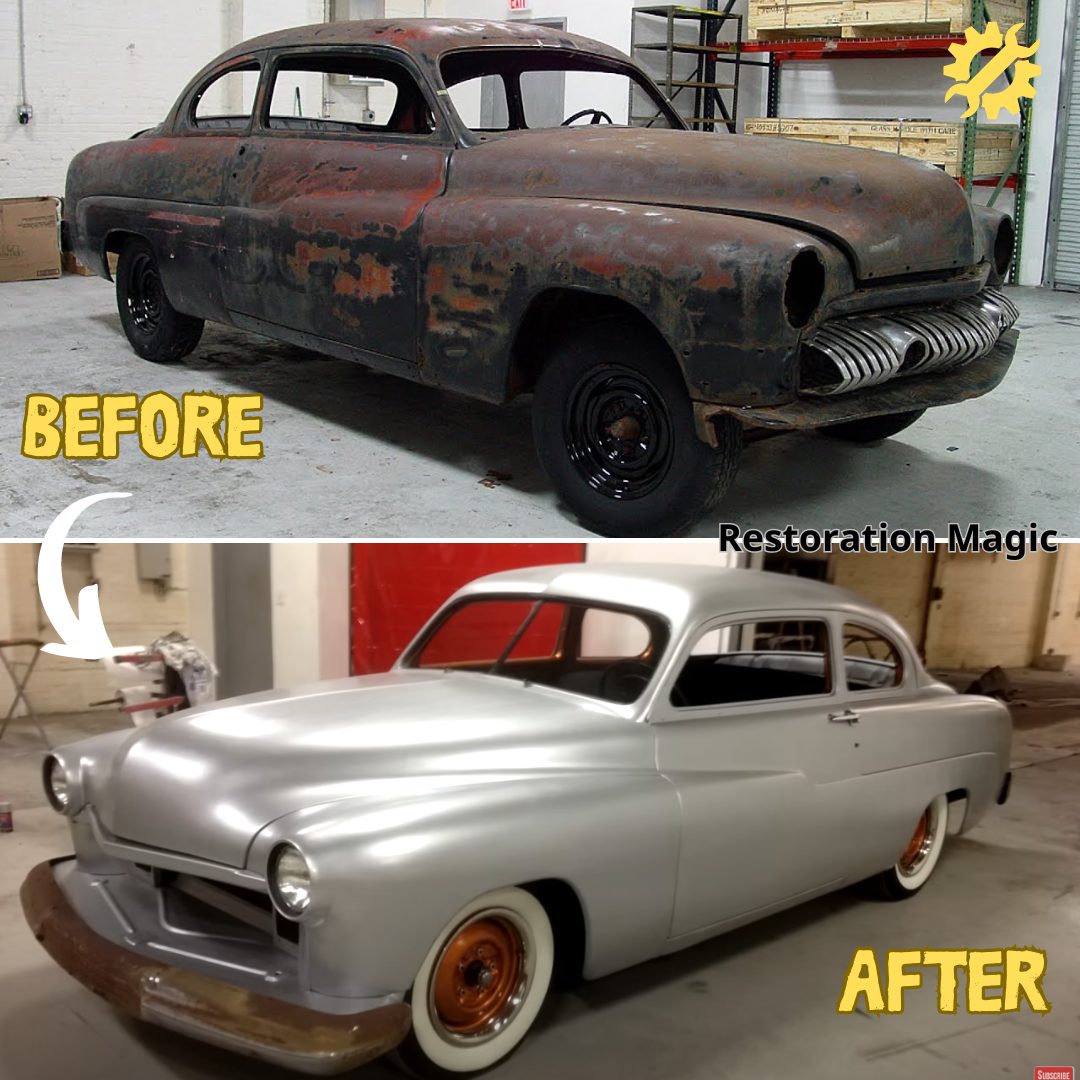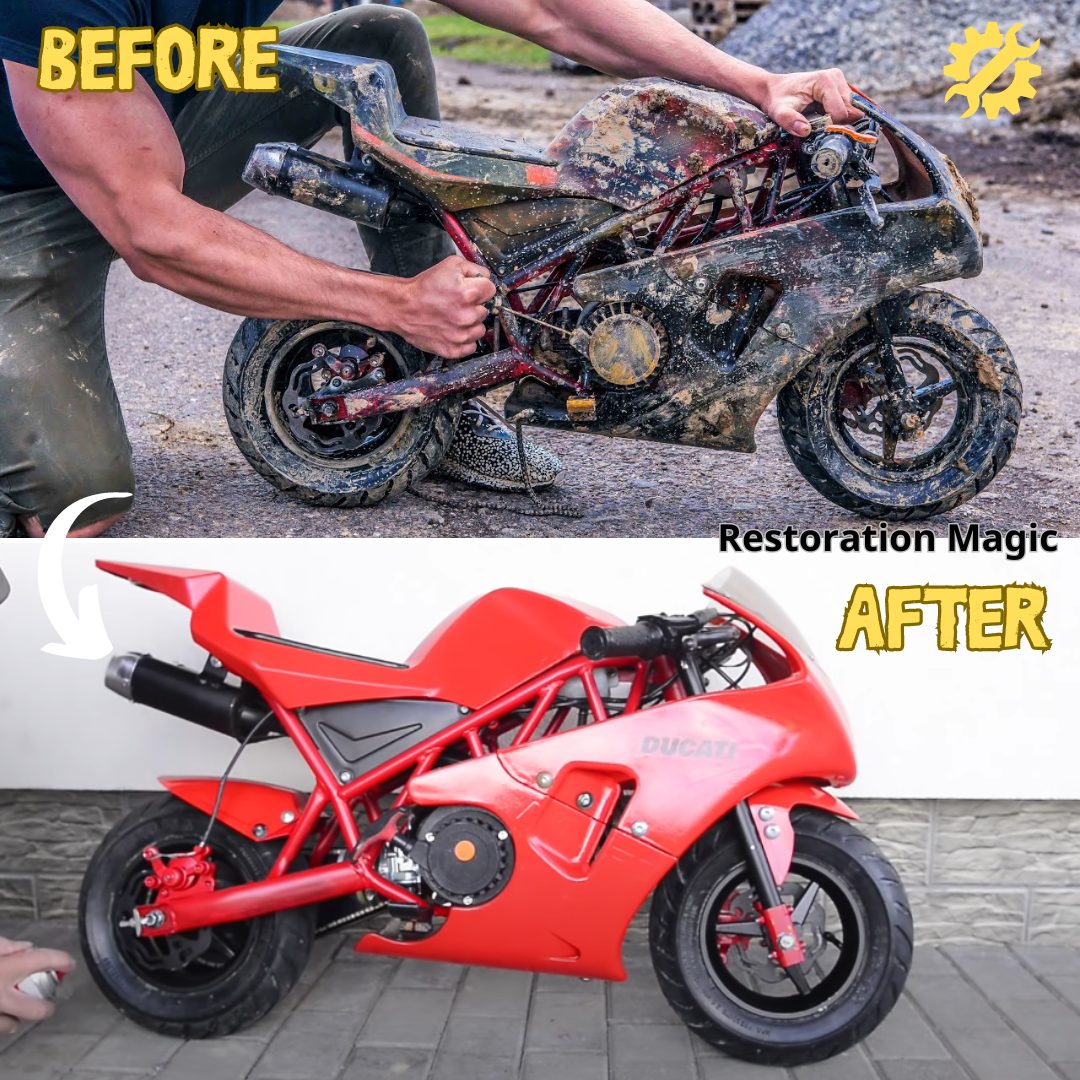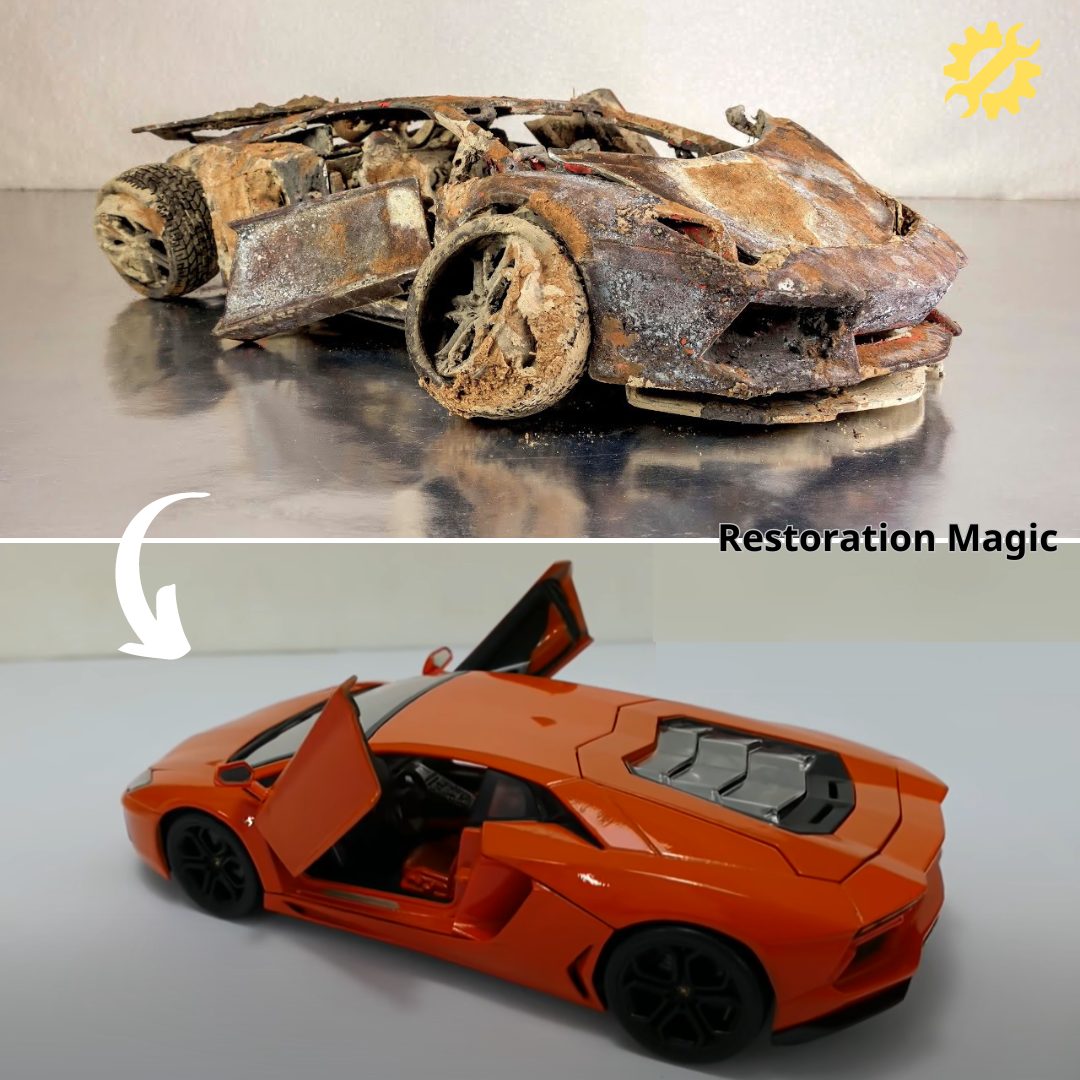It’s every classic car enthusiast’s dream, to unearth a ‘lost’ gem and return it to the real world to be enjoyed as intended. Imagine Classic Driver dealer Jan B. Lühn’s delight, then, when he discovered one of the rarest Porsches ever built – a 911 Carrera 2.7 RSH – languishing in a German barn…
“Everyone believes that every barn and garage has been searched over the years and that there are no surprises left,” comments Jan B. Lühn, who recently came across this Porsche 911 2.7 Carrera RS – one of 17 examples built to ‘H’ (denoting Homologation) specification – in a small lock-up in Germany. “When your eyes are met with such a rare and special piece of Porsche history, you feel like Howard Carter when he opened Tutankhamun’s tomb.”
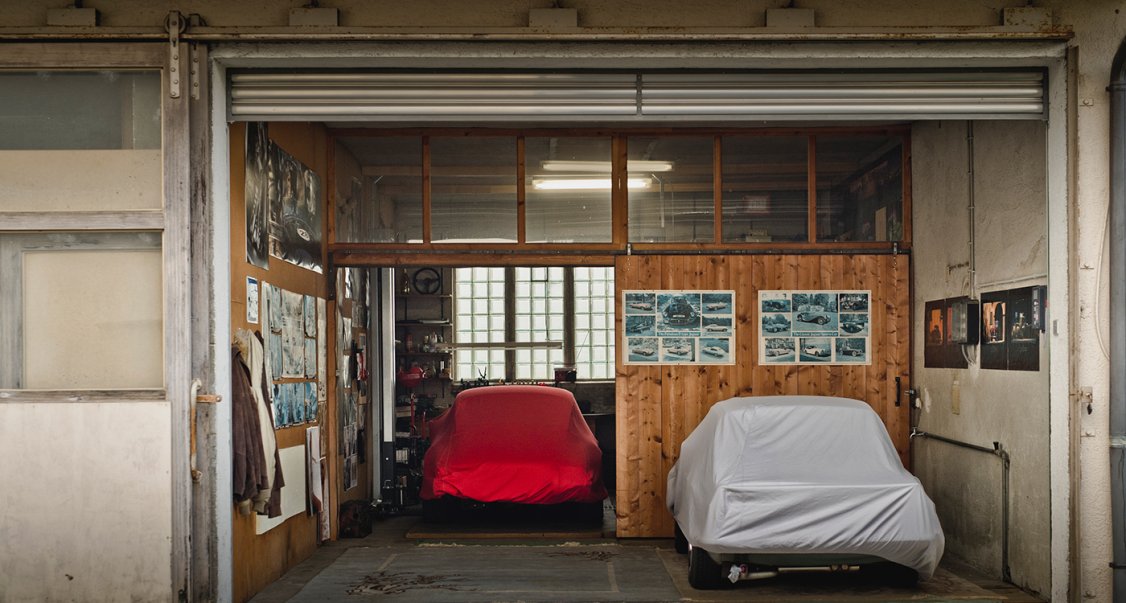
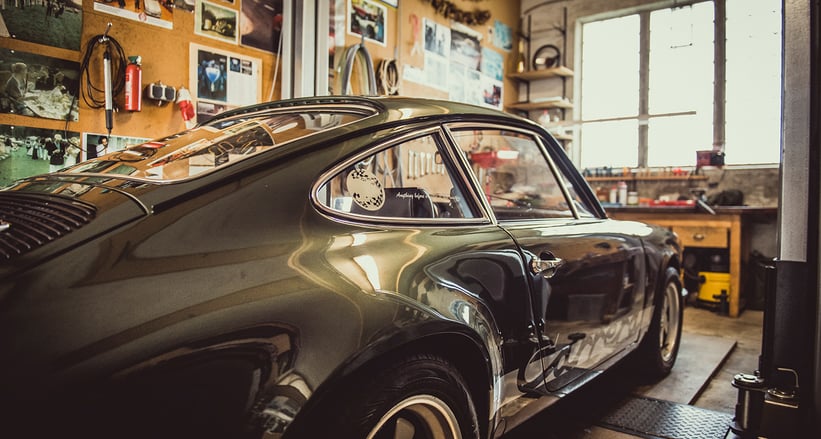
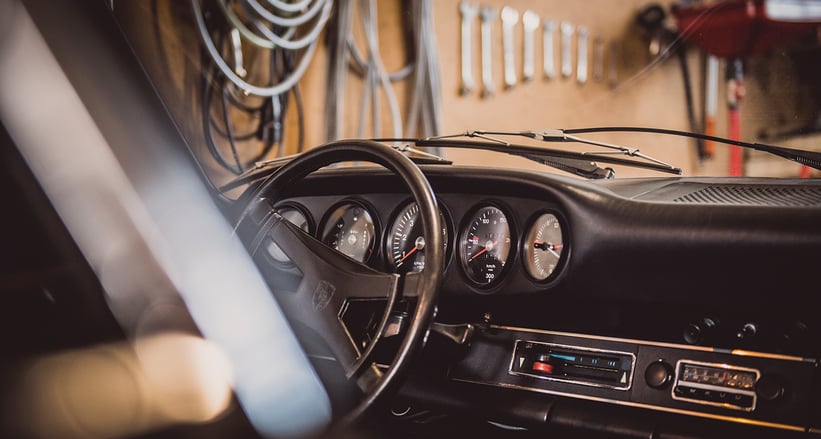
We can barely comprehend the feeling of joy experienced by Lühn and his team as they pulled open the doors and were greeted by this mysterious metallic green 911. The 2.7 Carrera RSH is among the most elusive Porsches in existence along with the G-Series 3.2 Carrera Club Sport and the 964 Carrera 4 Lightweight – so much so that few people have even heard of the car. That itself is bizarre, given the 911 is the most popular sports car in the world.
With the 917 rendered obsolete thanks to new regulations in 1972, Porsche decided to go about homologating its 911 for the GT Championship’s Group 4 category. This wasn’t a straightforward process, however. In order to meet the 960kg weight requirement for homologation, each of the first (and required) 500 Carrera RSs was stripped of almost all its trim, sent to the local authorities in Stuttgart to be weighed, before returning to the factory to be converted back to ‘Touring’ or ‘Lightweight’ specification ready for delivery.

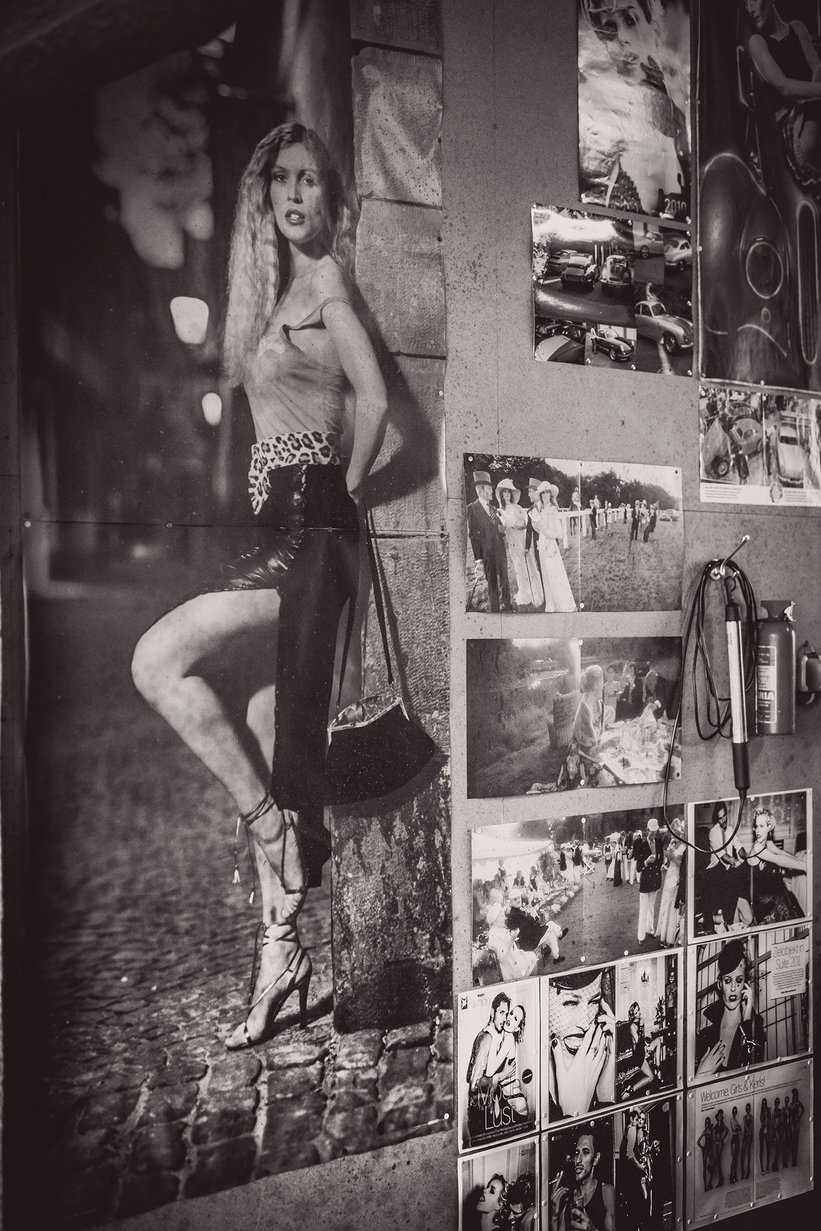
Just 17 owners chose to keep their cars in ultra-light RSH spec, keen to experience the 911 in its purest form, and for that, we must thank them. As you’d expect, the car was devoid of almost any creature comforts, and where grammes could be shaved, they were done so ruthlessly. Gone were the carpets, glove-box door, clock, tool-kit and sun-visors from the interior; thinner-gauge steel was used for the body; stickers adorned the nose and tail instead of the enamel badges; and smaller six-inch Fuchs were used at each corner.

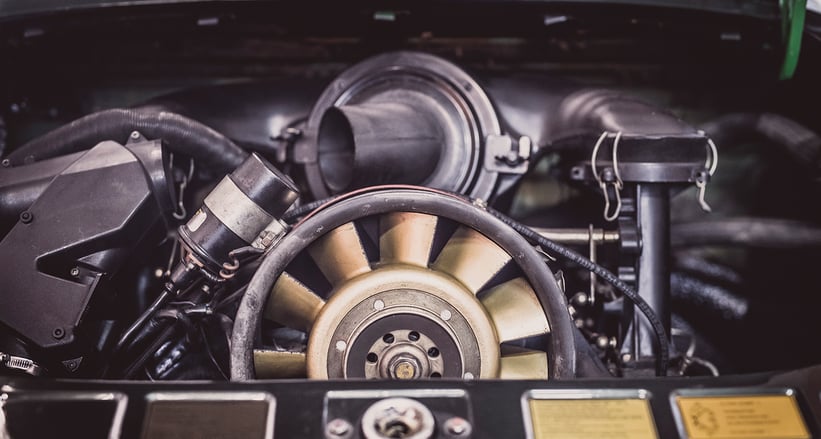

The list of weight-saving measures was exhaustive, but the lesson in lightening was well worth it – a no-options RSH tipped the scales at a paltry 935kg. To put that into context, the 2.7 Carrera RS ‘Lightweight’ weighed some 30kg more, while the road-biased and comparatively luxury ‘Touring’ model added 100kg on top of that. If you ever needed a good excuse to skip that decadent dessert, this is it. In fact, you’d be doing this car a disservice if you ate the after-dinner mints.
Delivered in May 1973, this particular RSH was ordered without any optional extras. In 1982, it was sold to its second – and present – owner, who removed the ‘ducktail’ spoiler, changed the colour from ‘Viper’ to metallic green and added a radio, clock, ashtray and carpets in the name of refinement – features that, we’re told, can be easily reverted. In the last 35 years, the matching-numbers car has covered a scarcely believable 10,000km and, as such, has been remarkably well preserved.
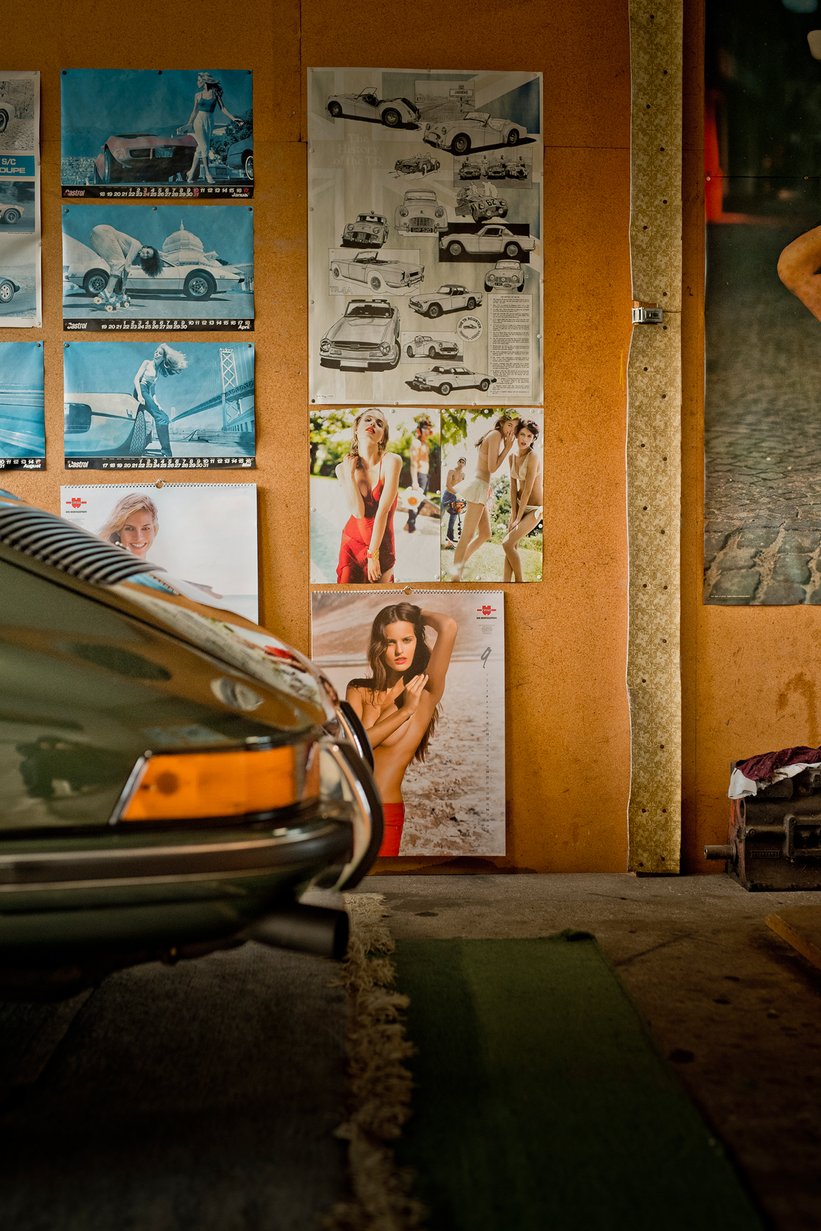

To discover a barn find these days is uncommon, but to unearth a ‘lost’ treasure as special and rare as this one is nigh on unbelievable. The RSH is responsible for getting the 911 Carrera 2.7 RS homologated, and while it might be a relatively unknown model in the world of Porsche, in terms of desirability (and philosophy), we’d say it’s very close to the legendary 911 R. We wonder how many of the other 17 built are tucked away, waiting to be found – for the most hardcore of Porschephiles, this may well be an unrepeatable opportunity.
Photos: Stefan Bogner for Classic Driver © 2016
